Areas Of Expertise
BOARD CERTIFIED NEUROSURGEON
FELLOWSHIP TRAINED IN MINIMALLY INVASIVE & COMPLEX SPINE SURGERY

Expertise
Non-Fusion Spine Surgery
My goal is to preserve the motion of the spine via non-fusion spine surgery whenever feasible. I have the expertise and experience to help patients decide if this is an appropriate option.
Minimally Invasive Spinal Fusion
Spinal fusion is a surgical procedure where two or more bones in your spine are joined together permanently. I have specialized training that allows me to use smaller incisions to reduce post-operative pain, shorter hospital stay and a quicker recovery time.
MINI-OPEN AND OPEN SPINAL FUSION
I strive to use minimally invasive techniques whenever possible. However, in some cases a mini-open or open technique is better for removing pressure from the nerves, stabilizing the spine and achieving the ultimate goal – relief of symptoms. Using a spine model and imaging (MRI , CT, x-rays) I have an in depth discussion with the patients regarding the rationale of using one technique over the other.
Neuro-Oncology
I am skilled in the diagnosis and treatment of the different types of brain and spinal tumors. I have expertise in surgical treatment for tumors such as glioblastoma, meningiomas, and metastatic tumors of the brain and spine. I partner with Medical and Radiation oncologists to have a team approach to provide best possible outcomes for patients.
HIGHLY SKILLED BRAIN AND SPINE CARE
I use minimally invasive techniques with the goal in mind to minimize tissue damage, reduce pain and improve mobility.
Most Common Procedures Performed
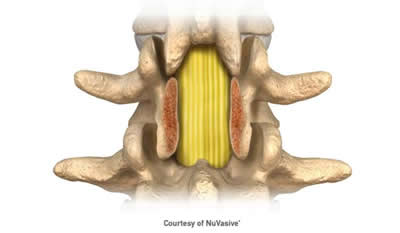
Laminectomy / Laminotomy
The lamina is a portion of the vertebral bone at the roof of the spinal canal. As we age the bony canal that surrounds and protects the spinal cord…
Read More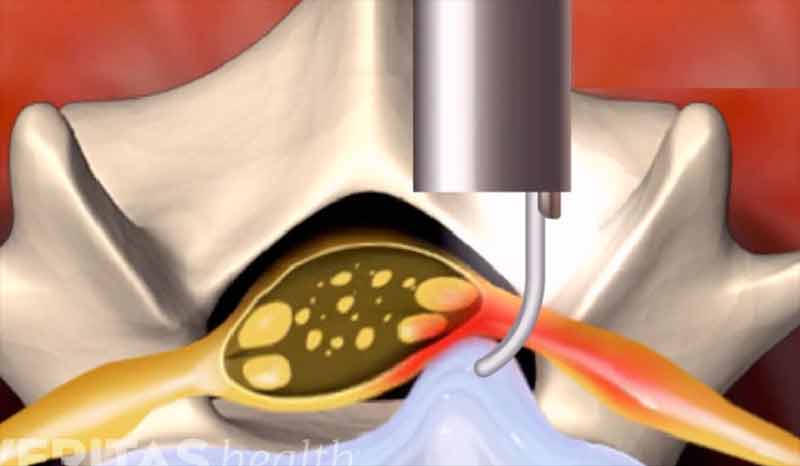
Discectomy or Microdiscectomy
A micro-discectomy is the surgical removal of disc material in the spine that is causing pain, tingling or weakness. It is typically done minimally invasively.
Read More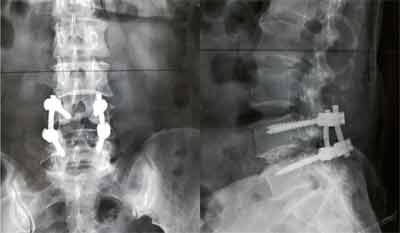
Lumbar Spine Fusion
Spine is a complex structure, so treatment of some conditions such as spondylolisthesis, instability (abnormal motion), fractures, and foraminal stenosis sometimes needs an instrumented spinal fusion.
Read MoreSpinal fusion relies on different types of instrumentation / implants such as rods, plates, screws or other devices. Techniques for spinal fusion are discussed below.

DYNAMIC STABILIZATION
This technique helps fill the gap between non-fusion and fusion surgery. It helps provide spinal stability while limiting excessive motion.
Read More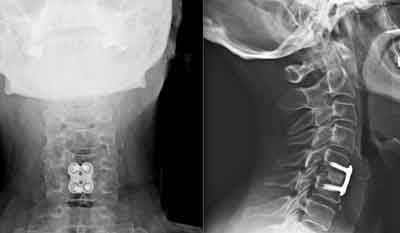
ANTERIOR CERVICAL DISCECTOMY AND FUSION
This is the most frequently performed procedure to treat neck pain, cervical radiculopathy, and myelopathy.
Read MoreAnterior means front; the cervical spine is reached through a small incision in the front of the neck. The main purpose of this operation is to relieve pressure on the spinal cord and nerve roots. This is done by removal of damaged, arthritic, herniated disc, and bone spurs followed by a fusion and fixation to ensure spinal stability. This involves the implantation of spacers, bone graft, plate and screws.
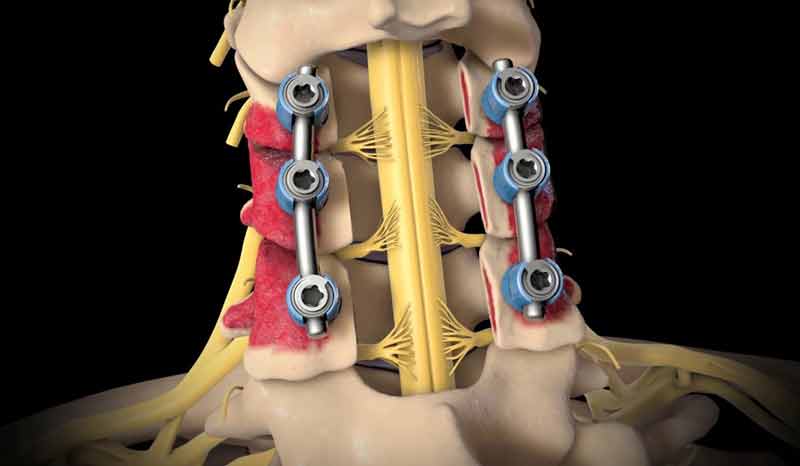
POSTERIOR CERVICAL FUSION / INSTRUMENTATION
It is called posterior because the back part of the cervical spine (neck) is reached through an incision in the back of the neck.
Read More
CRANIOTOMY
Craniotomy is a brain surgery during which a neurosurgeon makes an opening in the skull bone to remove brain lesions such as a tumor, hemorrhage/blood clots or infection.
Read More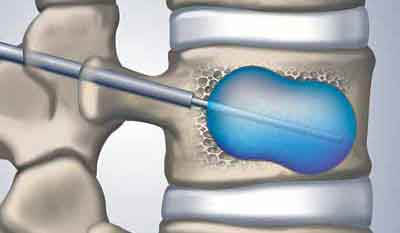
KYPHOPLASTY
This is a minimally invasive surgical procedure that can be done to relieve the pain of compression fractures or vertebral breaks.
Read MoreTypically, this procedure doesn’t involve a hospital stay.

SPINAL CORD STIMULATION
This involves using a small implantable device to help mask pain signals before they reach the brain.
Read MoreIt is used for helping patients who have either not had adequate relief from other surgeries or are not candidates for more extensive surgeries. It can help manage chronic back and pain, which can reduce the use of opioids. It is done in conjunction with our pain specialist colleagues.
AWESOME doctor!!! I am very pleased with the care I received under him! I highly recommend him!!!
Patient Review, Healthgrade.com
Techniques For Lumbar Spinal Fusion
Not all spine surgeons are familiar with these techniques and may not offer or discuss them.
ANTERIOR LUMBAR INTERBODY FUSION (ALIF)
Fusion performed through an anterior abdominal incision.
LATERAL INTERBODY FUSION (ALSO KNOWN AS XLIF, DLIF, OLIF)
Similar to ALIF, but performed through a smaller incision on the side of the patient’s abdomen / flank. It is a minimally invasive technique.
POSTERIOR LATERAL FUSION (PLF), TRANSFORAMINAL LUMBAR INTERBODY FUSION (TLIF), POSTERIOR LUMBAR INTERBODY FUSION (PLIF)
Spinal Fusion Techniques performed though an incision(s) in the back. Traditional techniques used larger incisions. I use minimally invasive techniques when applicable.
Not all spine surgeons are familiar with these techniques and may not offer or discuss them. In many cases one of these techniques may offer a distinct advantage over the other in helping achieve the surgical goals. Having expertise with different techniques allows me to choose one which is the most optimal.
WIDE RANGE OF EXPERTISE
Skilled in the use of microsurgical, minimally invasive and more extensive procedures on the neck and back, allows me choose what will work the best. I specialize in treatment and management of:
- Complex Cervical, Thoracic, Lumbar Spinal Problems
- Craniocervical Junction Abnormalities
- Brain and Spine Tumors
- Brain Hemorrhages
- Brain and Spine trauma
